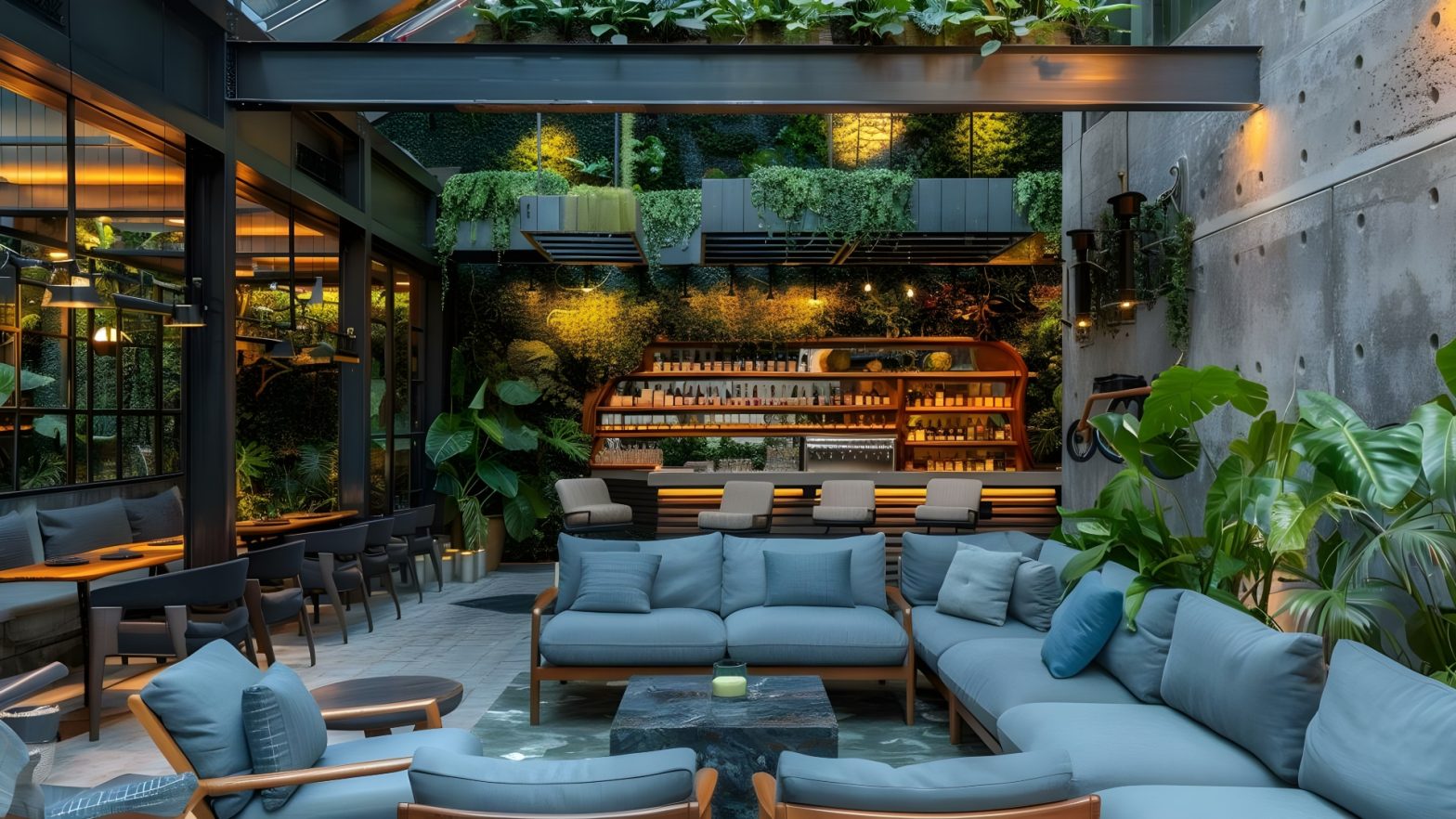In the ever-evolving world of architectural design, the concept of sustainability has become a cornerstone, particularly in the hospitality sector. As architects strive to harmonize functionality with environmental stewardship, the role of green building practices has become increasingly vital. Within this context, regions renowned for their distinctive architectural styles, such as Vail architecture, are redefining the paradigms of sustainable design. This blog explores how sustainable practices are being integrated into hospitality architecture, helping the industry not only to minimize its environmental footprint but also to enhance the guest experience.
Embracing Energy Efficiency
One of the primary goals of sustainable hospitality architecture is to reduce energy consumption without compromising guest comfort. This is achieved through several design strategies. Architects incorporate high-performance insulation and glazing, energy-efficient lighting, and advanced HVAC systems that significantly lower energy needs. Moreover, the orientation of buildings is carefully planned to maximize natural lighting and heating, thereby reducing the reliance on artificial sources. These measures not only decrease operational costs but also contribute to a building’s overall sustainability.
Utilizing Sustainable Materials
The choice of materials plays a crucial role in the sustainability of hospitality projects. Eco-friendly materials such as bamboo, reclaimed wood, and recycled steel are preferred for their minimal environmental impact. These materials are not only durable and aesthetically pleasing but also promote healthier indoor air quality by reducing the presence of harmful volatile organic compounds (VOCs). By selecting sustainable materials, architects ensure that the construction and operational phases of the hospitality facilities are environmentally responsible.
Water Conservation Techniques
Water scarcity is a pressing global issue, prompting hospitality architects to implement innovative water conservation techniques in their designs. These include low-flow fixtures, water-efficient landscaping, and rainwater harvesting systems. Such features help hotels and resorts significantly reduce their water usage, thus lowering their environmental impact and operational costs. By integrating these systems, architects contribute to a more sustainable operation that aligns with global efforts to combat water scarcity.
Integrating Renewable Energy Sources
The integration of renewable energy sources is another key aspect of sustainable hospitality architecture. Solar panels, wind turbines, and geothermal systems are commonly employed to generate clean energy. These renewable sources provide a consistent supply of electricity while reducing dependence on fossil fuels and decreasing greenhouse gas emissions. Many hospitality businesses are adopting these technologies not only to align with sustainability goals but also to create a unique selling point for eco-conscious travelers.
Enhancing Indoor Environmental Quality
The quality of the indoor environment is paramount in hospitality settings, influencing guest satisfaction and well-being. Sustainable architecture focuses on maximizing natural light, improving air quality, and maintaining optimal thermal comfort. The use of non-toxic materials and the provision of adequate ventilation are essential in achieving these goals. By enhancing the indoor environmental quality, architects ensure that the spaces are not only eco-friendly but also comfortable and inviting for guests.
Building with the Community in Mind
Sustainable hospitality architecture also involves a significant focus on community impact. This includes designing structures that blend with local aesthetics and cultural heritage. It also involves employing local labour and materials, which supports the local economy and reduces the carbon footprint associated with transporting materials over long distances. Furthermore, these projects often include public spaces that serve both guests and the local community, fostering a sense of inclusion and connectivity.
Conclusion
As the world becomes more environmentally conscious, the hospitality industry is positioned uniquely to lead by example in the adoption of sustainable practices. By implementing energy-efficient designs, utilizing sustainable materials, conserving water, integrating renewable energy, enhancing indoor environmental quality, and considering community impact, architects are paving the way for a greener future. The principles of sustainable hospitality architecture not only protect the planet but also offer a more authentic and enriching experience for travellers, proving that luxury and sustainability can coexist harmoniously.






























